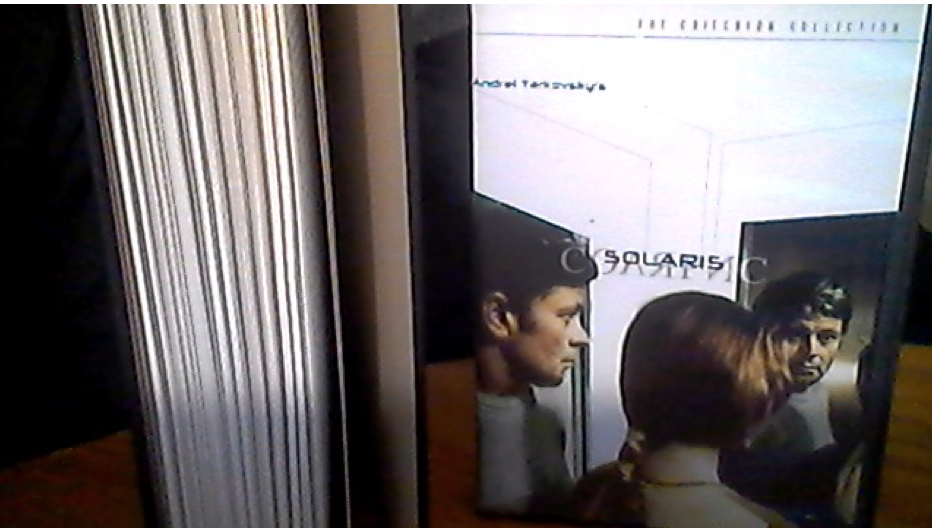How does the film stack up to the novel?

Lem was not a fan of the liberties Tarkovski took with ‘Solaris’.
The 1961 Polish science-fiction novel, “Solaris”, by Stanislaw Lem and its 1972 film adaption by Andrei Tarkovski, seek to answer the questions: “What does it mean to exist in this Universe?” and “Can the answer be found in the far reaches of space, or within ourselves?”
How these questions are answered differs between the book and film.
The book
The book begins with psychologist Chris Kelvin arriving at a scientific research station overlooking the oceanic planet of Solaris. Once aboard, he meets with the skeleton crew consisting of two doctors: the disillusioned alcoholic Snaut and the introverted recluse Sartorius.
The third crew member, Gibarian, who was Kelvin’s former instructor, had taken his own life for unexplained reasons shortly before Kelvin arrived.
Kelvin immediately grows suspicious of the crew’s strange behavior and even glimpses strange unidentified visitors aboard the ship. He awakens one morning to find a projection of his late wife Harey in his quarters.
Unsure of how to combat this and reminding himself that she is not real, he tricks the projection into entering a spare shuttle and launches it into space.
However, feeling guilty afterwards, he reflects upon his own existence and becomes remorseful of his actions. Soon after, another projection of Harey arrives and he readily embraces her.
Solaris is revealed to have some form of subconscious creating these projections to better understand the scientists who are studying it. It is also revealed that in his prior life on Earth, Kelvin had left his wife Harey. His departure drove her to self-destruction in a state of hopelessness.
Kelvin tries to convince Harey’s projection that she means something to him. Despite this, Harey relentlessly seeks an escape from existence upon overhearing that she is not a real person.
In the culmination of the story, Kelvin must face tragedies from his past he could not hope to revisit.
The novel does not have much plot. Instead, it a story of atmosphere and meditation upon questions of being, which Lem does not answer. He instead leaves the readers to decide the answers for themselves.
There are numerous scenes of Kelvin pondering life’s mysteries. One of the more intriguing aspects of the novel is its insistence to never fully answer its mystery.
The film
In 1972, Solaris was made into a film by Russian filmmaker Andrei Tarkovski, in an attempt to implement spiritual themes in science fiction.
Lem was reportedly not impressed with the film adaption, as it did not follow his method and instead sought other mysteries to explore, albeit similar ones.
The film explains more of its story than the novel of which it is based upon. It begins on Earth where Kelvin’s tragedy is explained, along with his distant relationship with his father.
Feeling he has nothing left to lose on Earth, he burns his earthly belongings and embarks on a mission to the station orbiting Solaris.
Upon hearing of Gibarian’s death, he notices that both Snaut and Sartorius have visitors in their quarters (projections of people from their respective pasts) and soon discovers his late wife Hari to be a visitor he must face.
From here on out, the film follows much of the same plot beats of the novel, though it has one special thing the novel lacked, a proper resolution. The film implements more themes of humanity and what it means to be human.
There is also a significant change in the culmination of the film than that of the book.
Instead of finding himself trapped in a nightmare he can do nothing about, the film’s Kelvin discovers that he still has a chance to discover and commune with the planet and its newfound sense of existence.
The victor
I personally prefer Tarkovski’s film over Lem’s novel for its themes of the human spirit and its struggle for relevance in an environment where our sense of reality can be easily misconstrued.
